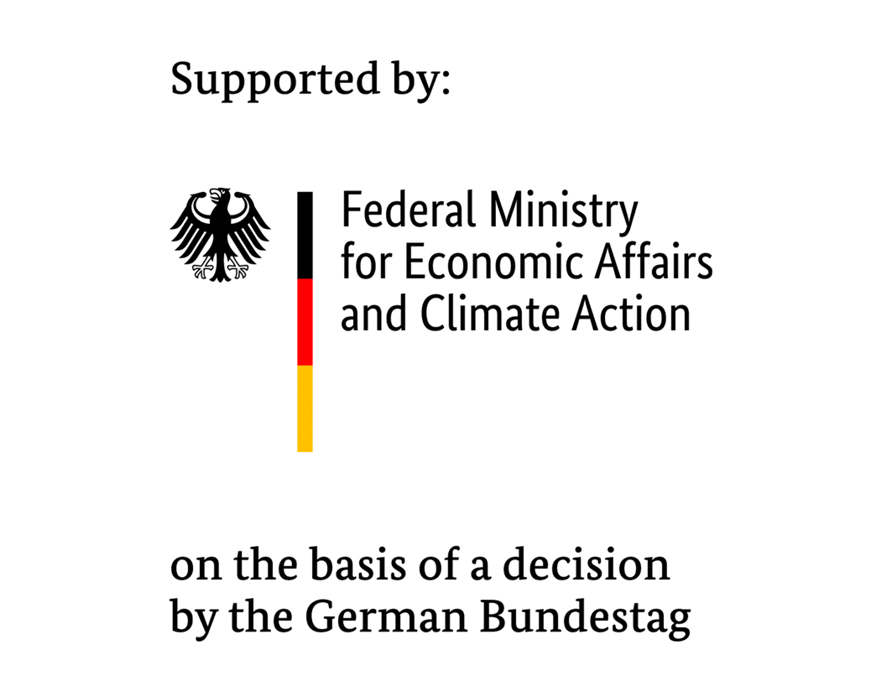At a glance
- Rotor blade bearings are safety-relevant wind turbine components subject to high loads. Damage is generally caused by wear or fatigue. Now that the topic of wear has been extensively studied, the research focus is moving to the topic of fatigue.
- The BALTIC research project is investigating these fatigue damages with a particular focus on the influence of pre-existing damages and structural fatigue, in other words the failure of the bearing rings. The aim is to develop a new method for calculating the service life of rotor blade bearings which increases the reliability of the bearings and permits optimal dimensioning at the same time.
- As the project coordinator, Fraunhofer IWES is responsible among other things for the development of the calculation model and a methodology for testing bearings for structural fatigue.
The challenge
Rotor blade bearings are among the components of a wind turbine subject to particularly high loads. They transfer the loads acting on the blade to the hub. In addition, the blade bearing also allows control of the angle of attack by rotating it around its longitudinal axis. Two main damage mechanisms occur as a result of the strong forces acting on the blade bearings: wear and fatigue.
Since the topic of wear has been extensively researched in recent years, the focus is now moving to the topic of fatigue, with structural fatigue and the consequence of pre-existing damage on the fatigue behavior being of particular interest. Ultimately, structural fatigue in blade bearings can lead to the entire rotor blade falling off the wind turbine, which can pose a great danger to the immediate surroundings of the turbine.
The solution
The focus of the BALTIC project is on investigating the raceway fatigue and structural fatigue of rotor blade bearings with the aim of being able to determine the service life of the bearings more accurately. In particular, research in the joint project will investigate the possible mutual influence of typical types of blade bearing damages such as raceway fatigue, wear, ring fatigue, and corrosion.
The scientists are further developing the existing FE models to allow damages such as material abrasion on the raceway and cracks in the rings to be taken into consideration and its influence on the bearing behavior to be determined simulatively. Tests with both individual ring segments and with scaled test bearings as well as real-scale rotor blade bearings from the field validate these results experimentally.
As the project coordinator, Fraunhofer IWES is developing the methodology for the testing of bearings for ring fatigue, which will be planned, performed, and evaluated on the institute’s own test benches. In addition, Fraunhofer IWES is also developing the model for calculating the service life of oscillating rotor blade bearings.
The added value
The BALTIC project will deliver sound findings about raceway fatigue and structural fatigue in blade bearings as well as the influence of pre-existing damages on their service life. The new calculation model for bearings developed on this basis will increase their reliability and render the operation of a wind turbine safer. At the same time, it will help to avoid overdimensioning of the bearings. The resulting material and weight savings lead to more efficient operation and a reduction of the costs for the entire system, which, in turn, lowers the energy production costs. Furthermore, the need for expensive and time-consuming repairs and material during the wind turbines’ lifespan and thus also their carbon footprint will be minimized.
